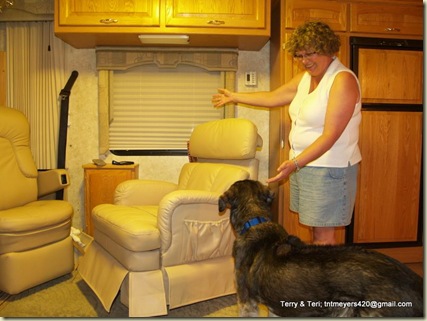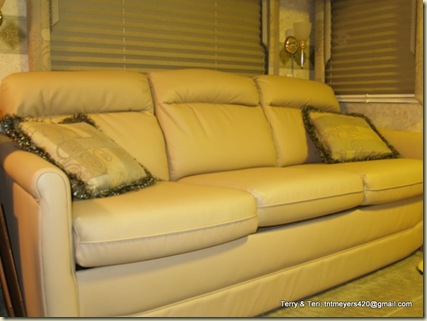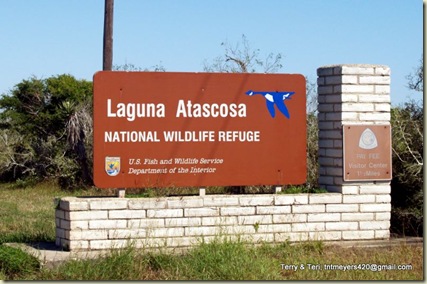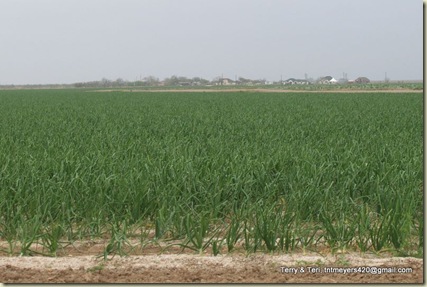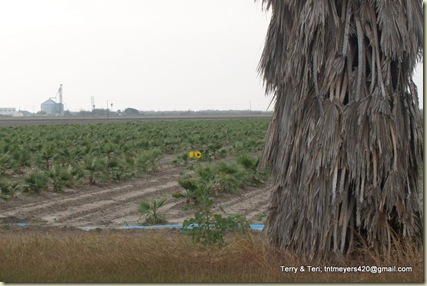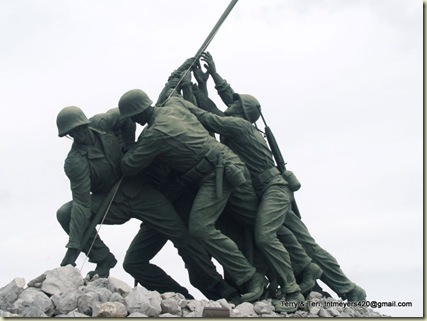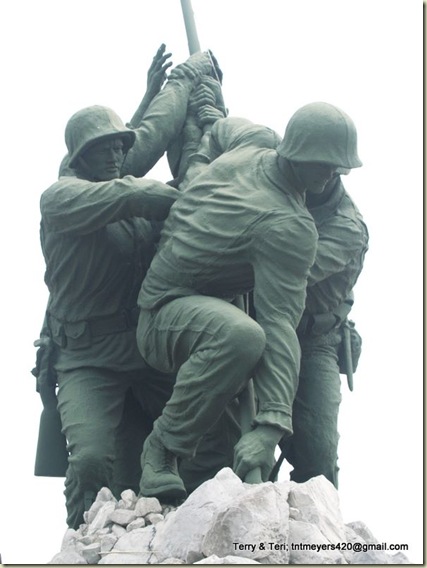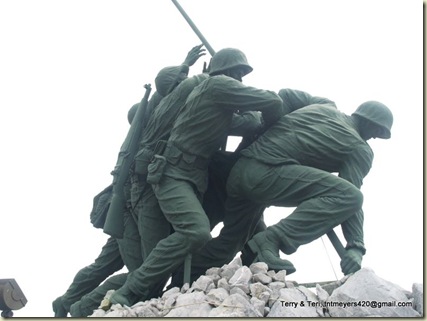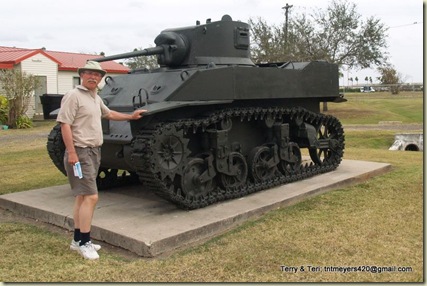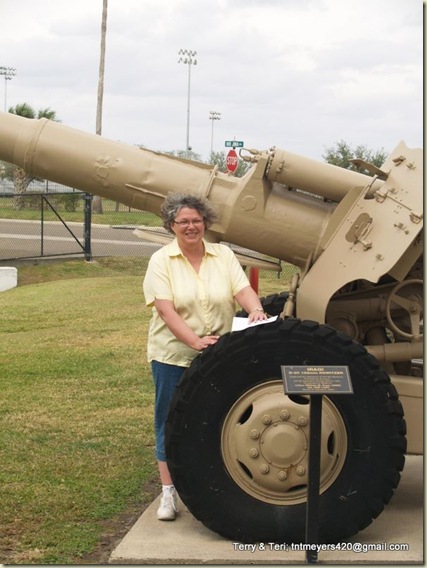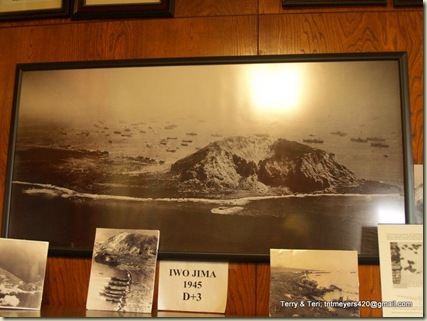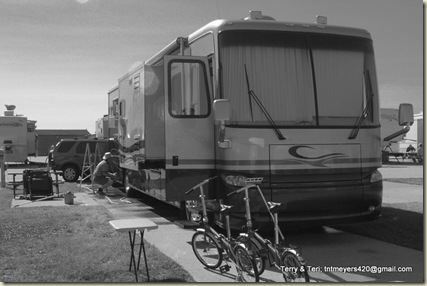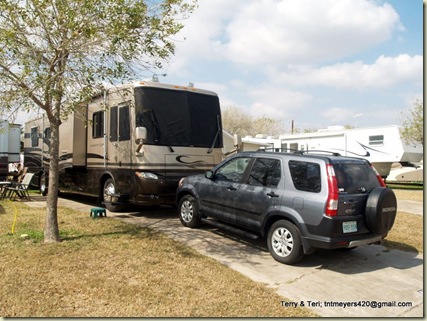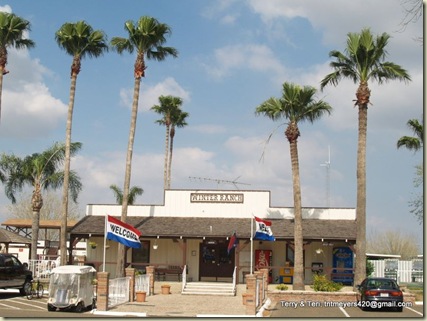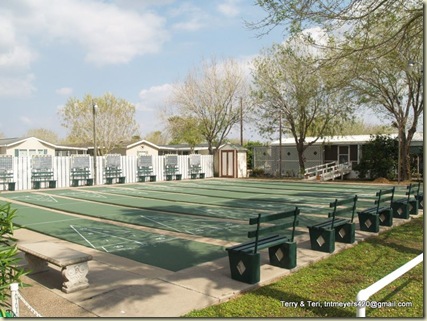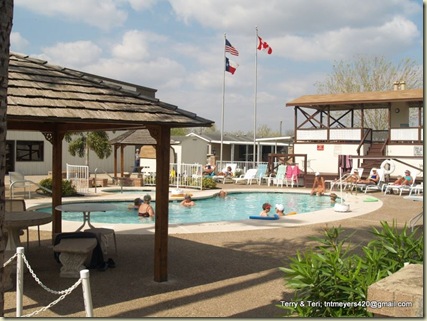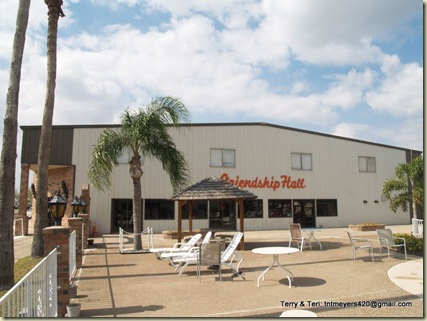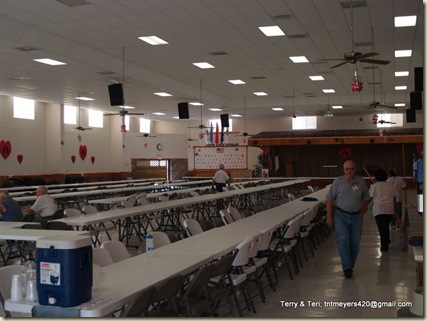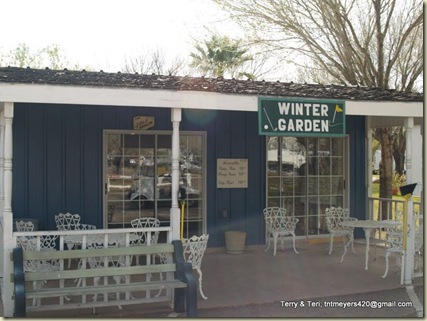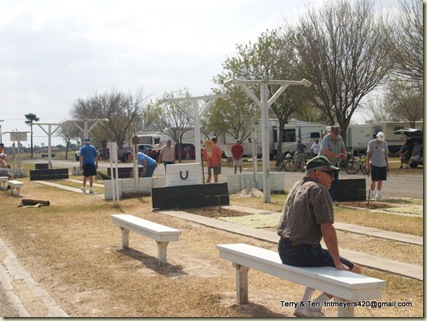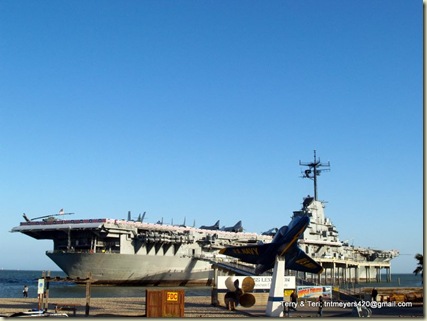This is a 34 mile long stretch of white sand bordered to the east by the Gulf of Mexico and to the west by Laguna Madre bay.
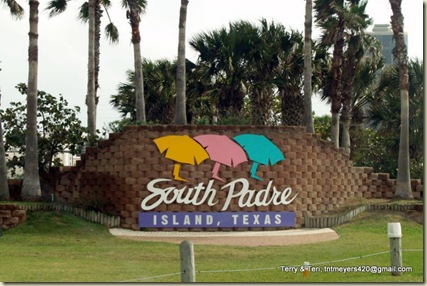
In 1519, Spanish explorer Alonso Alvearez de Pineda was on a mapping mission for the King of Spain when he discovered the Brazos Santiago Pass. He described treacherous sandbars and a shoreline littered with spars and rigging from shops that had wrecked may years before.
In 1554 three ships, part of a treasure fleet outbound for
Spain, wrecked along the shores of Padre Island. Over three hundred people survived only to be hunted down and killed by local Indians while trying to walk southward for safety. Only two survived to tell the story.
The Spaniards sent ships and men who managed to salvage over 40% of the treasure that the three ships carried. The rest lay buried beneath the sands of Padre Island. It was the rediscovery and excavation of one of these ships by local treasure hunters in 1967 that led to the institution of the Texas State Antiquity Laws which covers all publicly owned property in the State of Texas. This jurisdiction also extends ten and 3/4 miles into the Gulf of Mexico.
In 1811, Padre Nicholas Balli, for whom the Island gets its name, was the first European to bring families to the Island. He and his family kept cattle, horses and mules.
By 1912, the southern part of Padre, now known as “Tarpon Beach”, was home to a hotel and a cluster of fishing camps.
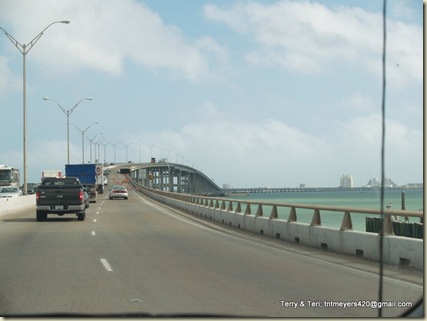
in 1974 the second causeway opened to Padre Island. The residents of the Island voted for incorporation in April 1973. Thus the Town of South Padre Island was born.
